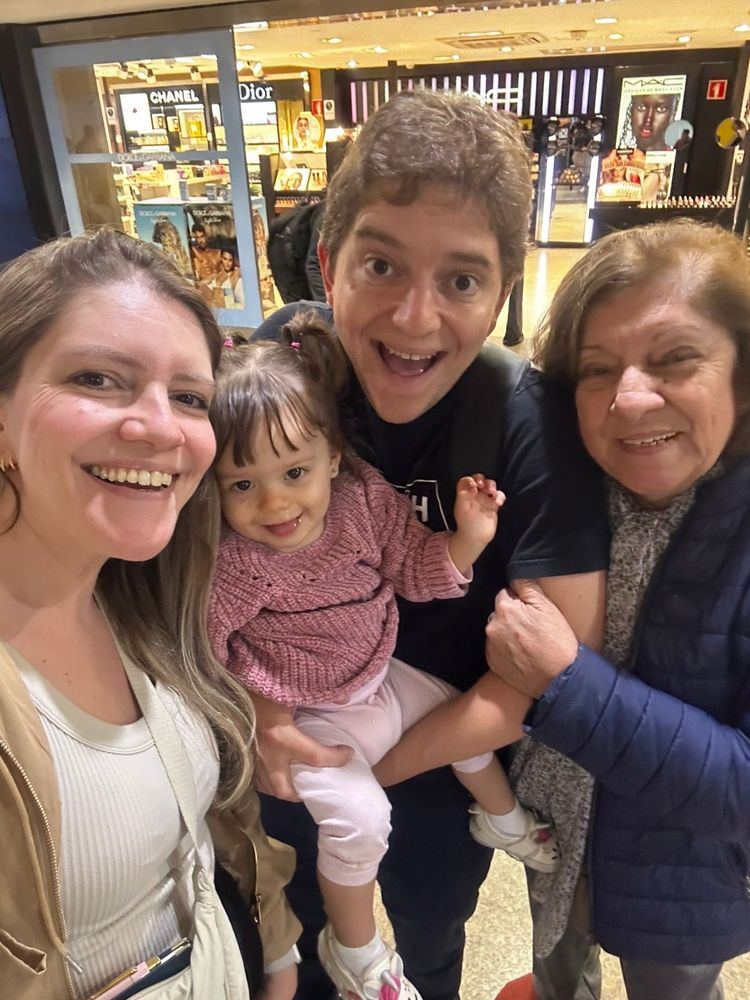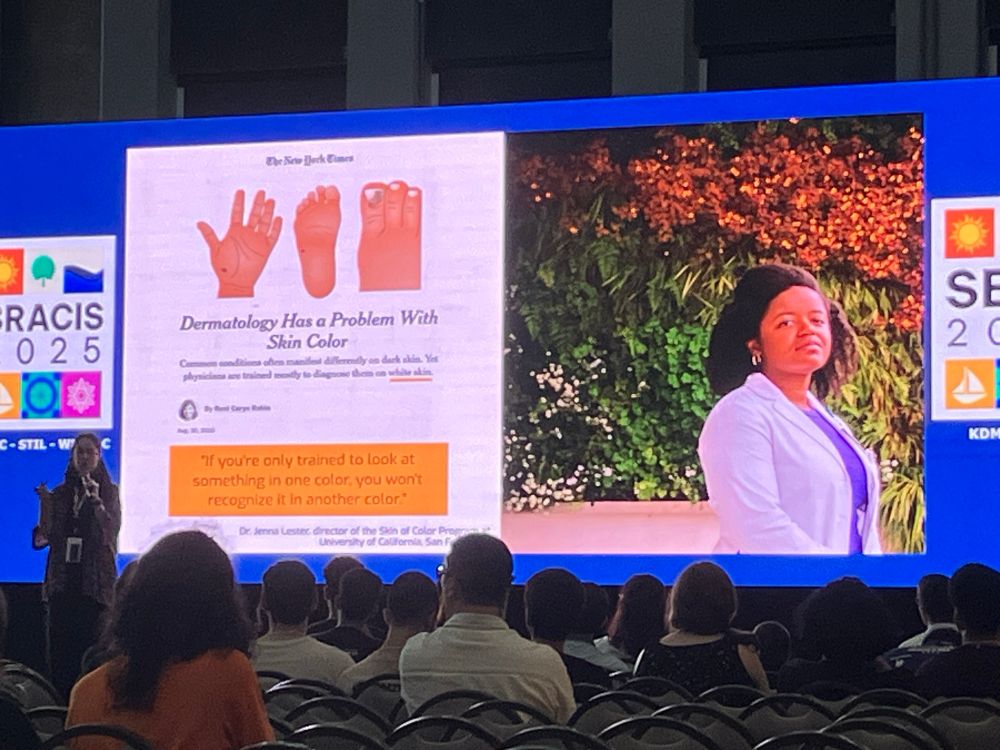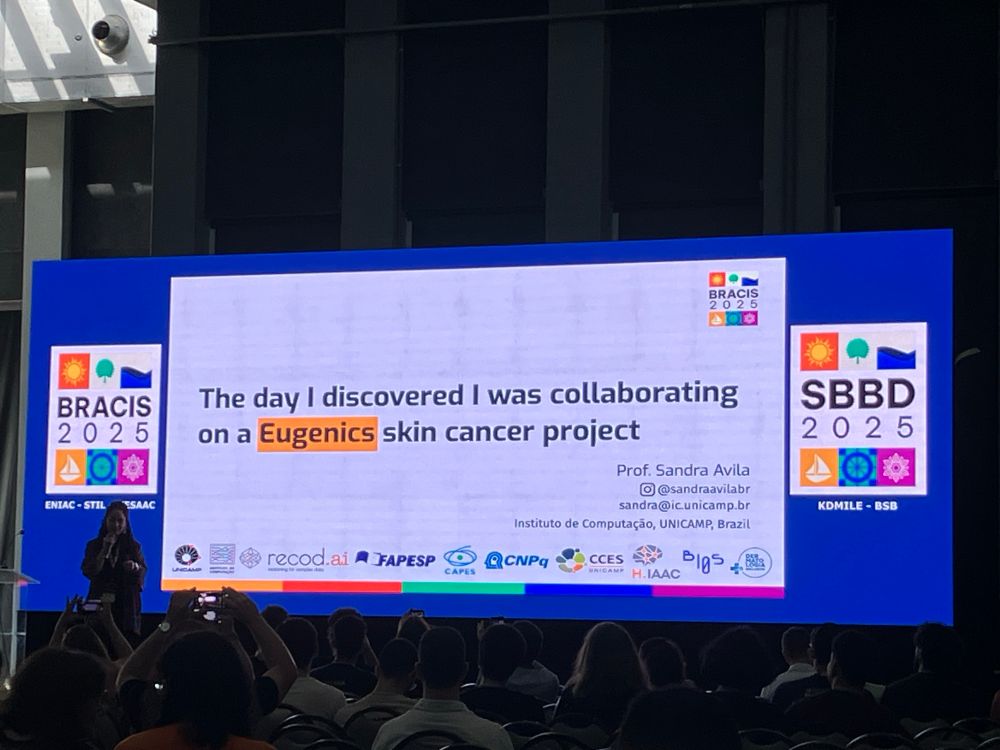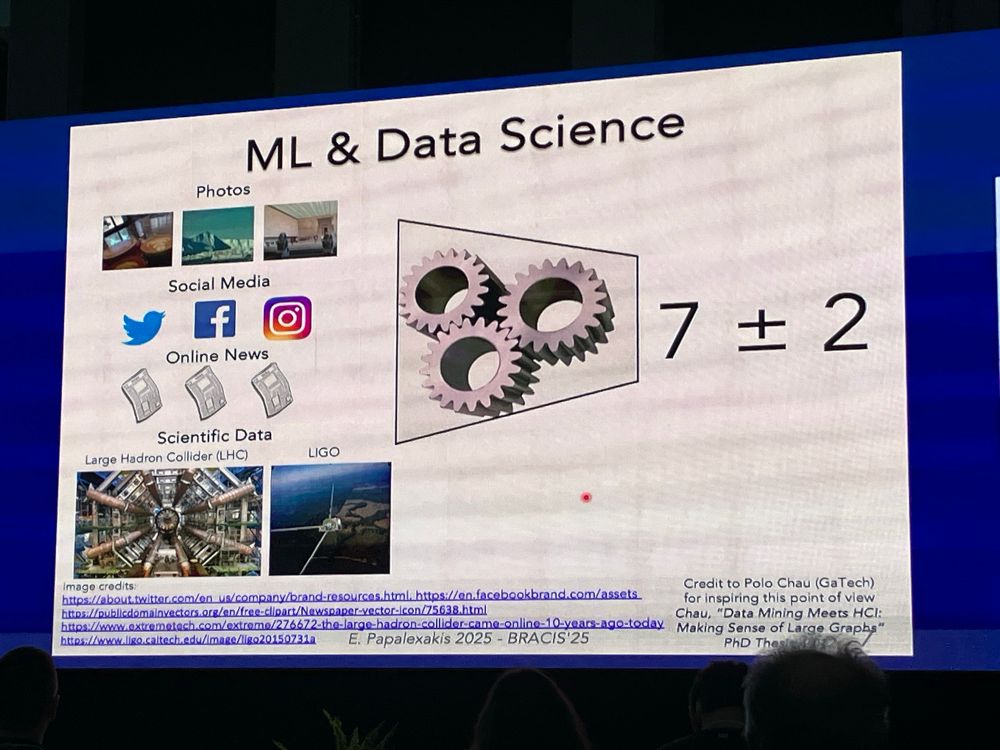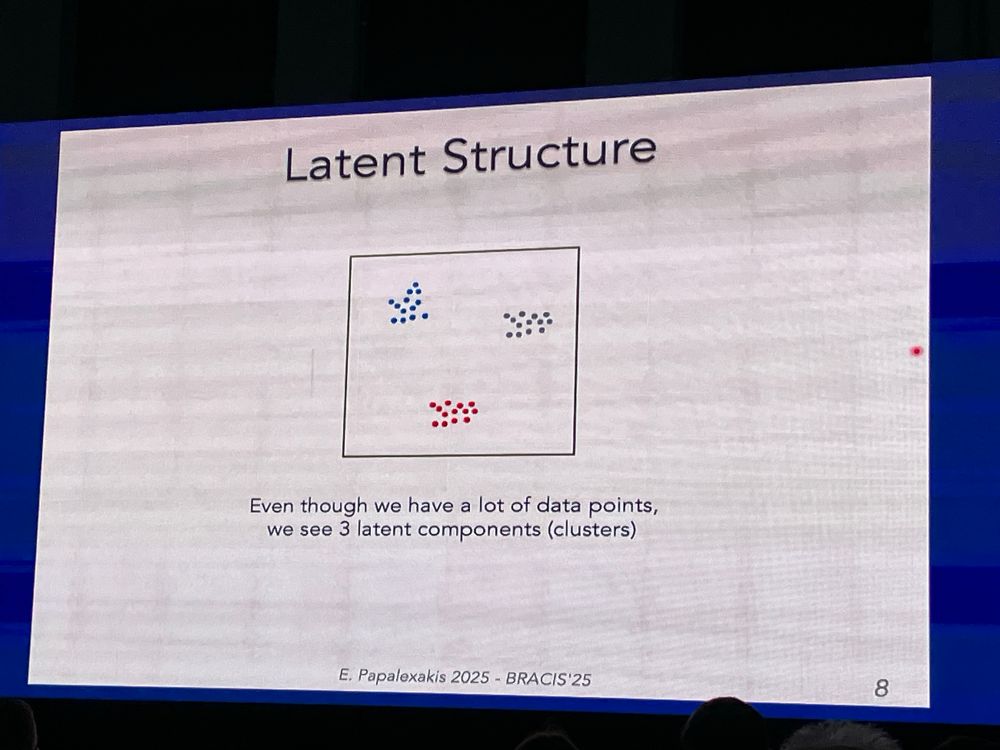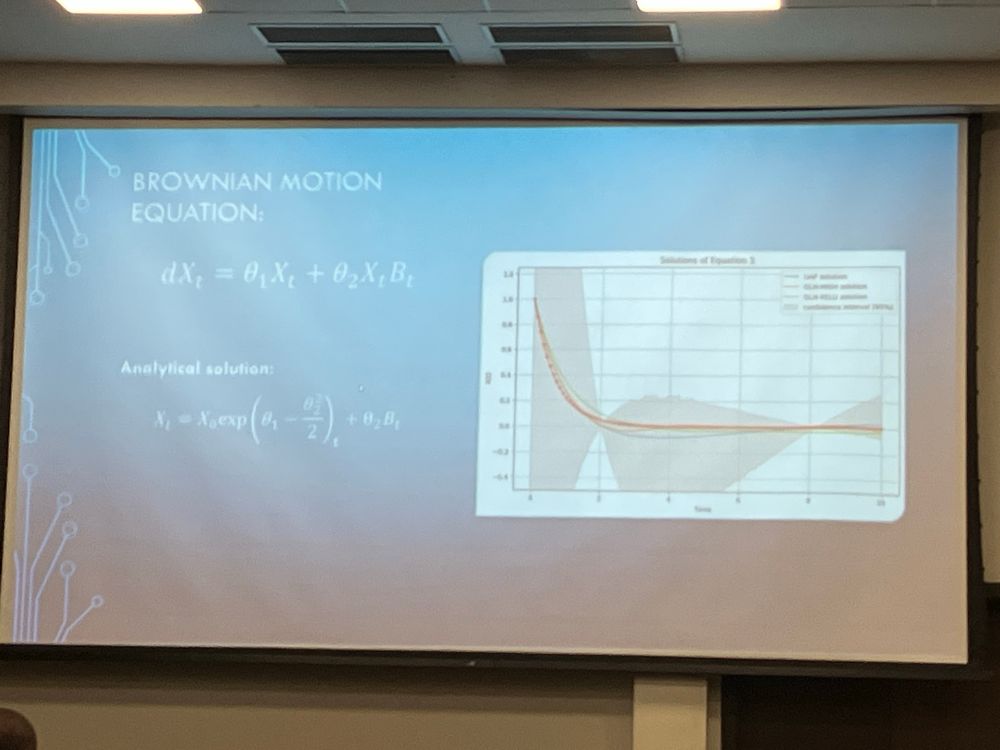Thiago Serra
@thserra.bsky.social
3.1K followers
1.1K following
580 posts
Assistant professor at University of Iowa, formerly at Bucknell University, mathematical optimizer with an #orms PhD from Carnegie Mellon University, curious about scaling up constraint learning, proud father of two
Posts
Media
Videos
Starter Packs
Pinned
Thiago Serra
@thserra.bsky.social
· May 6

Optimization over Trained (and Sparse) Neural Networks: A Surrogate within a Surrogate
We can approximate a constraint or an objective function that is uncertain or nonlinear with a neural network that we embed in the optimization model. This approach, which is known as constraint learn...
arxiv.org
